While the ability to let your garden sprawl across a large space may seem like a blessing, a big garden comes with its own set of challenges. As someone who kept a half-acre raised-bed garden for many years, however, I wouldn’t have it any other way. The benefits far outweigh the detriments.
Unlike smaller spaces where every inch is critical, you can spread out in large gardens. You can plant in rows, raised beds, or with a combination. You can utilize trellises, towers, pyramids, or anything else. The sky’s the limit.
Plan Ahead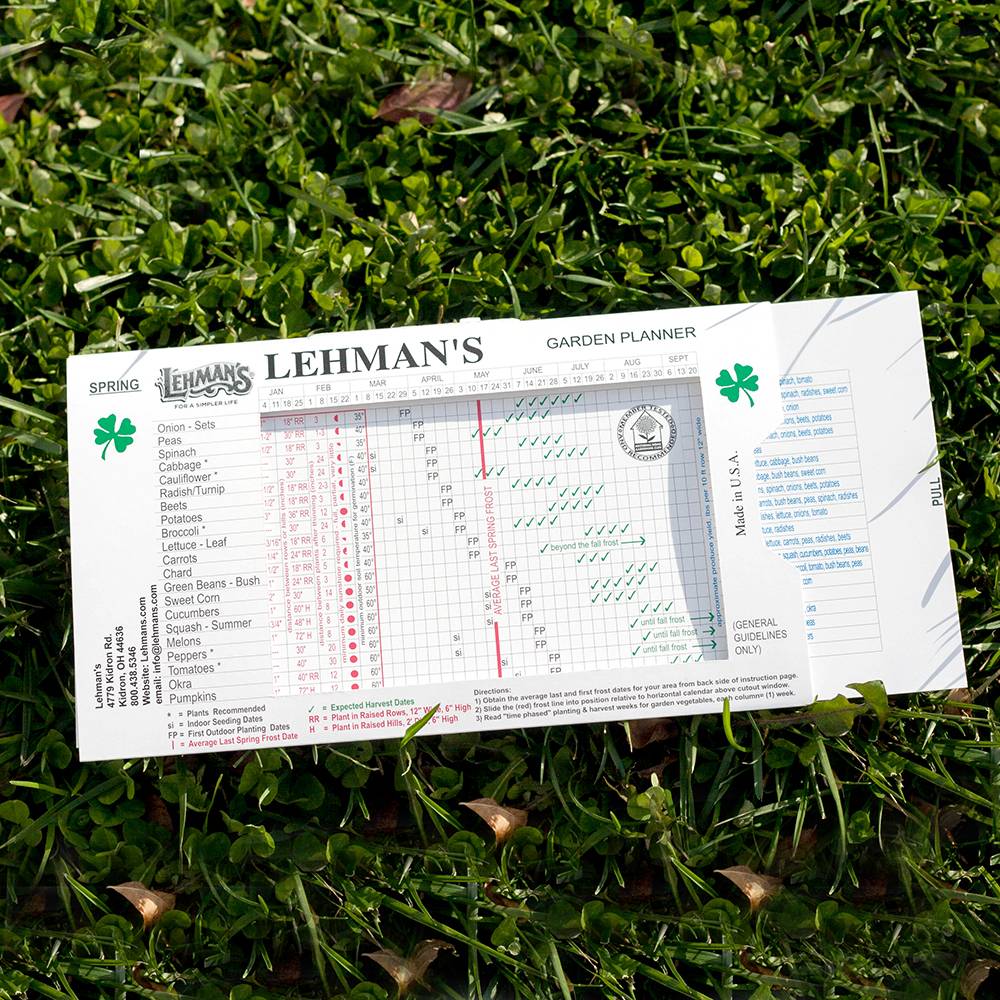
A large garden requires a fair amount of pre-planning on paper ahead of the planting season (what I call “paper gardening”). With so much space, you need to consider not just what you’ll be planting, but how much seed you’ll need. Figuring it all out in advance means more efficiency when the snows melt and you can begin preparing the soil. A garden planner is an enormous help for this task.
While having so much space for a garden may sound ideal, it means you need to learn to be as efficient as possible when it comes to tilling, seeding, and weeding – otherwise you spend too many hours on these tasks (or risk letting the weeds take over). Having the right tools makes the job much easier.
Protect Your Garden from Pests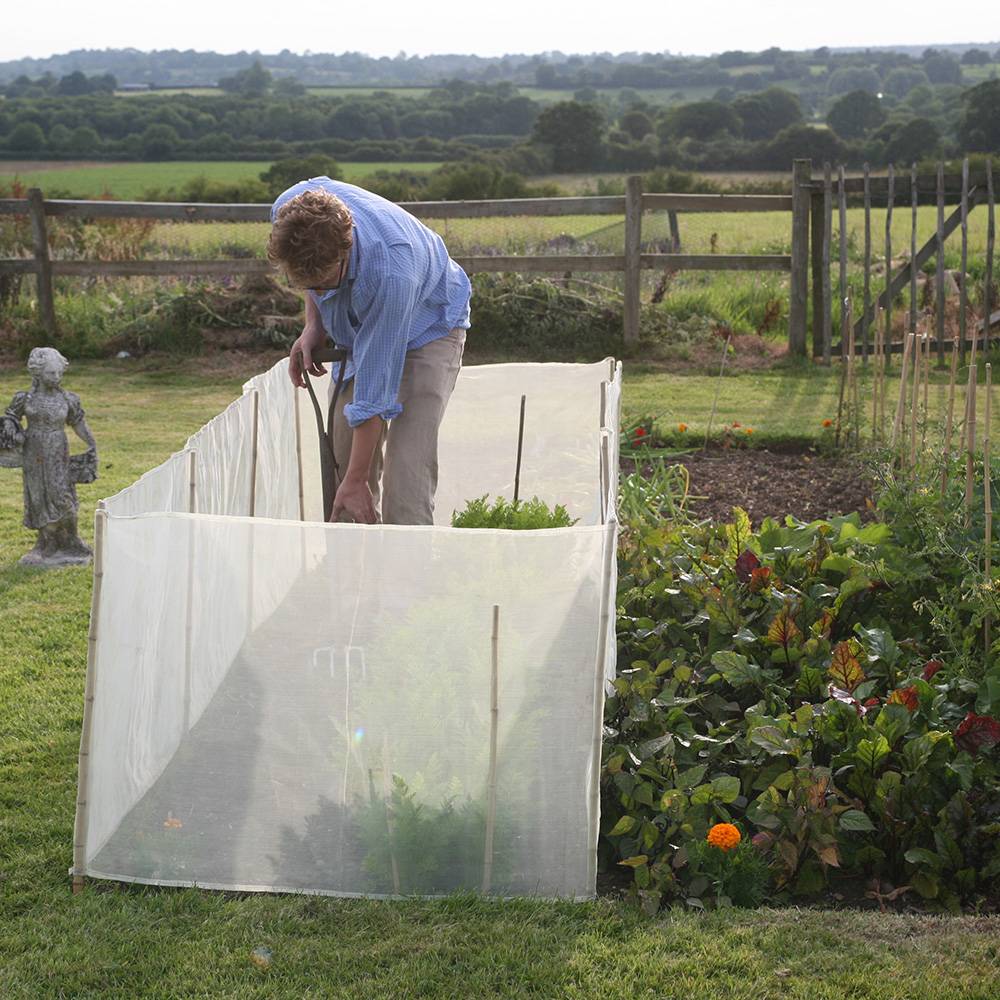
One of the first issues in a large garden is to know your pests. Unlike patio or backyard gardens (which are unlikely to be munched on by passing wildlife), large gardens are attractive to deer, woodchucks, voles, and other pests. It’s important to protect your gardening investment with adequate fencing or other protective measures.
Choose the Right Weeding Tools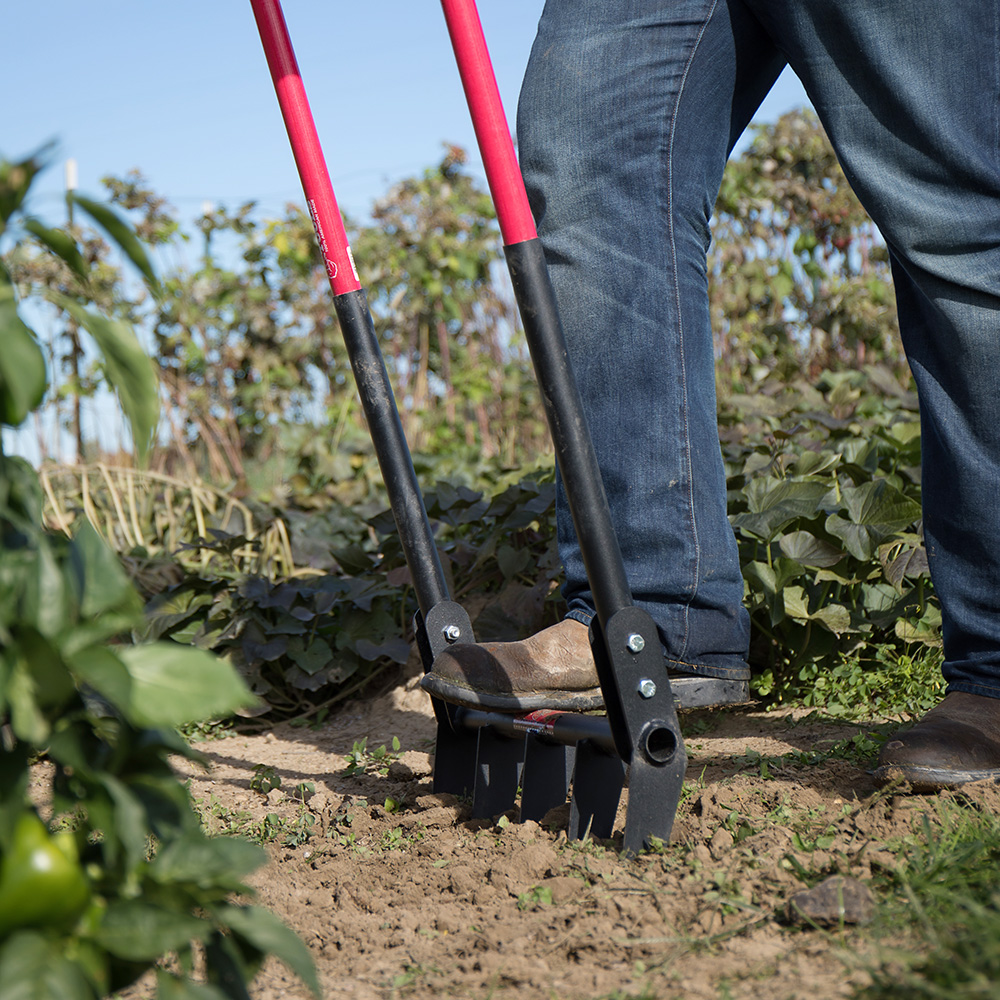
Big gardens are also challenging when it comes to weeds. To prepare beds in advance, try a garden cultivator (or a rotary cultivator for fine, non-rocky soil) to till the soil and reduce weeds. A broadfork may also be a useful tool to turn over larger sections of soil. For raised beds, early spring weeding can be reduced by giving the beds a vigorous raking before planting, to rip out any weeds by the roots. This task can also be accomplished with a garden weasel, spintiller cultivator, or a garden dibble.
Seeding can be another challenge. If you’re planting in rows, a garden seeder is a must-have, especially since it comes with several optional plates for smaller seeds (lettuce/carrots, and cucumbers).
My preference for raised beds means hand weeding is comfortably done while sitting on a crate or low stool. This makes strain on my back and knees nonexistent.
Plan for Watering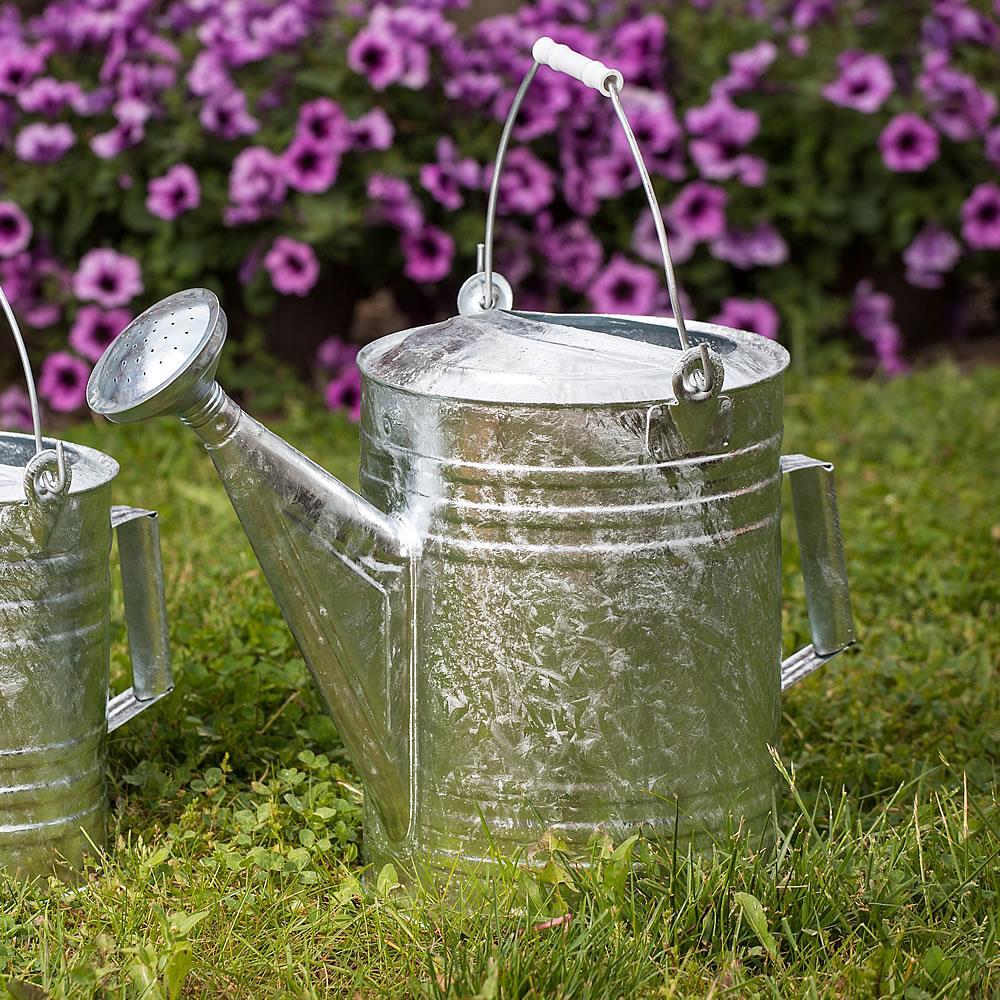
Watering a large garden can be a massive job, especially if done by hand. Some people use lawn sprinklers (oscillating or whirling) or even overhead sprinklers. However for those living in the drier western areas where water usage must be carefully monitored, drip irrigation is a far more efficient system. Mulch also reduces both weed pressure and water requirements.
One of the biggest benefits of a large garden is the room to experiment! It’s fun to stretch your growing boundaries (and ag zone limitations) and try new things. We tried peanuts one year, even though they were unlikely to mature in our northern climate. I was right – they didn’t mature – but they sure were fun to grow.
Celebrate your large garden. There’s no greater satisfaction than to walk through a vast space of flourishing fruits and vegetables.


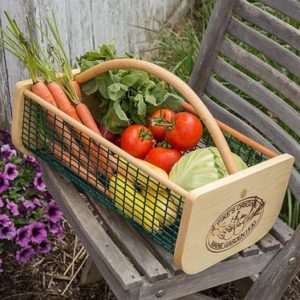
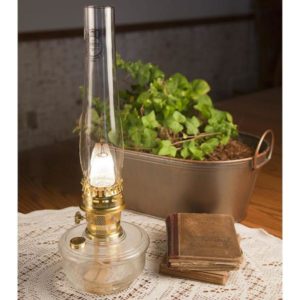




























Having room for a big garden doesn’t necessarily mean you’ll have a productive garden. When I moved from the city to the country when I was in my 30s, I turned over a plot and planted carrots. When harvested they looked like pencils. That’s how I learned clay soil has to be amended. The next year I mixed peat moss into the bed for immediate use and planted buckwheat to be turned into the plot for the following year. Fencing has gotten expensive, and a bigger garden needs more fences.In the background of the attached picture you can just make out a section of the solar powered electric fence. I don’t fence the area where I plant garlic and onions because the deer tend to ignore them. They will clean out any other crop you have growing, particularly beans. The neighboring farmer planted 75 acres of corn in the field behind me. The deer didn’t leave him enough to bother harvesting.
A big garden can succeed, but not over night and not without a lot of work. We froze 100 lbs. of beans one year and canned 20 pints of tomato sauce. We have a real feeling of accomplishment eating our home grown food and knowing there are no mysterious chemicals in it, and maybe we even saved money. Just don’t count your time as a cost factor. As an offset, you don’t have the need to buy a gym membership.